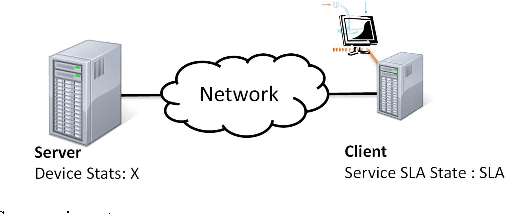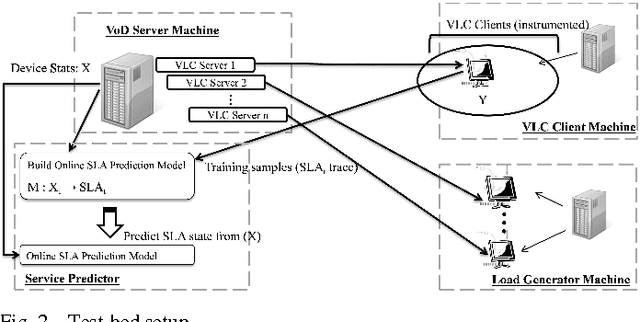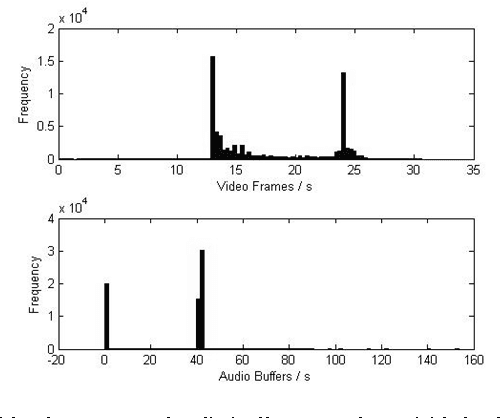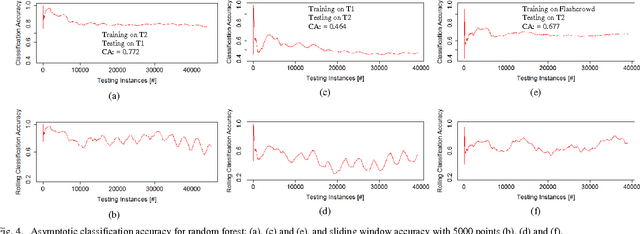Andreas Johnsson
Towards Neural Architecture Search for Transfer Learning in 6G Networks
Jun 04, 2024Abstract:The future 6G network is envisioned to be AI-native, and as such, ML models will be pervasive in support of optimizing performance, reducing energy consumption, and in coping with increasing complexity and heterogeneity. A key challenge is automating the process of finding optimal model architectures satisfying stringent requirements stemming from varying tasks, dynamicity and available resources in the infrastructure and deployment positions. In this paper, we describe and review the state-of-the-art in Neural Architecture Search and Transfer Learning and their applicability in networking. Further, we identify open research challenges and set directions with a specific focus on three main requirements with elements unique to the future network, namely combining NAS and TL, multi-objective search, and tabular data. Finally, we outline and discuss both near-term and long-term work ahead.
Predictive Bandits
Apr 02, 2020

Abstract:We introduce and study a new class of stochastic bandit problems, referred to as predictive bandits. In each round, the decision maker first decides whether to gather information about the rewards of particular arms (so that their rewards in this round can be predicted). These measurements are costly, and may be corrupted by noise. The decision maker then selects an arm to be actually played in the round. Predictive bandits find applications in many areas; e.g. they can be applied to channel selection problems in radio communication systems. In this paper, we provide the first theoretical results about predictive bandits, and focus on scenarios where the decision maker is allowed to measure at most one arm per round. We derive asymptotic instance-specific regret lower bounds for these problems, and develop algorithms whose regret match these fundamental limits. We illustrate the performance of our algorithms through numerical experiments. In particular, we highlight the gains that can be achieved by using reward predictions, and investigate the impact of the noise in the corresponding measurements.
Predicting SLA Violations in Real Time using Online Machine Learning
Sep 04, 2015



Abstract:Detecting faults and SLA violations in a timely manner is critical for telecom providers, in order to avoid loss in business, revenue and reputation. At the same time predicting SLA violations for user services in telecom environments is difficult, due to time-varying user demands and infrastructure load conditions. In this paper, we propose a service-agnostic online learning approach, whereby the behavior of the system is learned on the fly, in order to predict client-side SLA violations. The approach uses device-level metrics, which are collected in a streaming fashion on the server side. Our results show that the approach can produce highly accurate predictions (>90% classification accuracy and < 10% false alarm rate) in scenarios where SLA violations are predicted for a video-on-demand service under changing load patterns. The paper also highlight the limitations of traditional offline learning methods, which perform significantly worse in many of the considered scenarios.
 Add to Chrome
Add to Chrome Add to Firefox
Add to Firefox Add to Edge
Add to Edge